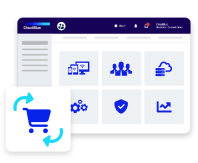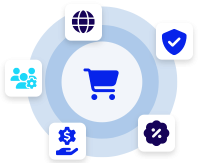Rapid Application Development, or RAD, is a software development methodology focused on speed and adaptability.
Unlike traditional development models that require extensive planning and rigid timelines, RAD emphasizes iterative development and early feedback from users. This approach helps teams create high-quality applications more efficiently.
The core idea behind RAD is to build prototypes quickly, gather user input, and refine the product in short cycles. It’s particularly effective for web applications, where user needs and market trends can change rapidly. RAD is often supported by specialized tools and platforms designed to accelerate development and improve collaboration between developers and stakeholders.
How RAD Works
The RAD methodology operates on four main phases: requirements planning, prototype development, user feedback, and finalization. During the first phase, stakeholders outline basic requirements, but unlike traditional frameworks, there’s no exhaustive documentation. Instead, the focus shifts to creating a working model as quickly as possible.
Once a prototype is developed, it’s shared with users to gather feedback. This input drives the next round of revisions, allowing the software to evolve into its final form. This cycle is repeated until the application meets user expectations.
RAD relies heavily on tools and platforms that enable rapid iterations. These include low-code or no-code frameworks, prebuilt components, and collaborative environments. For instance, developers might use visual modeling tools to streamline workflows or automated testing tools to catch errors faster.
Benefits of RAD
One of the biggest advantages of RAD is its ability to reduce development time without compromising quality. By focusing on user input and iterative design, teams can ensure the final product aligns with real-world needs. This methodology is particularly beneficial for projects where requirements are likely to evolve, such as customer-facing web applications.
RAD also enhances collaboration. The methodology encourages developers, designers, and end-users to work together throughout the process, fostering a sense of ownership among all parties. Additionally, RAD’s use of specialized tools and platforms simplifies complex tasks, making it easier for teams to deliver robust software on tight deadlines.
However, RAD isn’t suitable for every project. It works best for applications with clear user groups and scenarios where rapid prototyping can be effectively implemented. For large-scale systems requiring detailed planning or strict regulations, traditional methodologies may still be a better fit.













